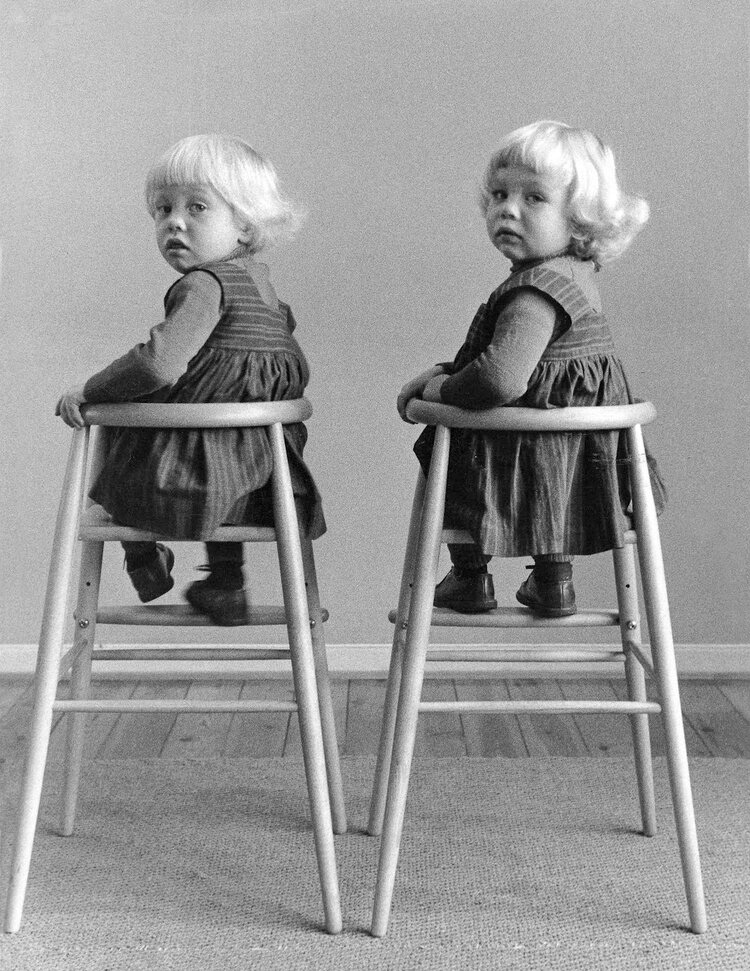Danish Design

ND54 Children’s High Chair, 1955. Designers: Nanna and Jørgen Ditzel. Current Manufacturers: Carl Hansen & Søn. Photo: Keld Helmer-Petersen, 1959. The photo portrays twins Lulu & Vita Ditzel.
This course offers a survey of Danish design, focusing foremost on the post-war era (ca. 1945-the 1960s). It concentrates on a design tradition world renowned for, amongst other things, high-quality craftsmanship, functionality, humanism, contextualism, simplicity, comprehensiveness, and creative continuity between tradition and renewal. Design is never merely a question of beautiful forms and surfaces, and therefore this course purposefully explores below the surface. It examines wider issues of ethics and aesthetics as exemplified in designs for the Welfare State.
The course presents in-depth examinations of a diversity of design fields and design culture movements to reveal the essential considerations and contexts shaping some of Denmark’s most successful post-war designs. Material designs ranging in scale “from the spoon to the city”, as well as immaterial designs, shall be probed and discussed in their socio-cultural, political, economic, and technical contexts. We shall critically question the given topics through such lens as ‘design as common good’, ‘shattering the familiar’, ‘women in DD’, ‘decolonising design history’, and ‘Quo Vadis, DD?’. Furthermore, field studies of significant local sites afford opportunities for to challenge experiential blindness and deepen place-based learning. Zooming in on Danish design of the past, including its roles in shaping the Welfare State, this course explores the meanings and purposes of design, and the ways design can enrich everyday life.
Honing in on Danish design of the past is also significant because it can aid us in shedding new light on our understandings of contemporary societal issues and design’s roles in these – and helping us transform our comprehensions of how sustainable and equitable futures may be envisioned and constituted.
NB: This Danish Design course does not directly overlap the course material covered in the Danish Architecture and Urban Design course. Thus, it is completely suitable to enrol in both courses in the same semester if so desired
For more information about this course:
If you have trouble filling out the registration form, try using the ‘Fill & Sign’ function in Adobe Acrobat Reader. If you still experience problems with your registration, please do not hesitate to contact us at DCC@hum.ku.dk
Please be aware that the programme, room and dates are subject to changes.
